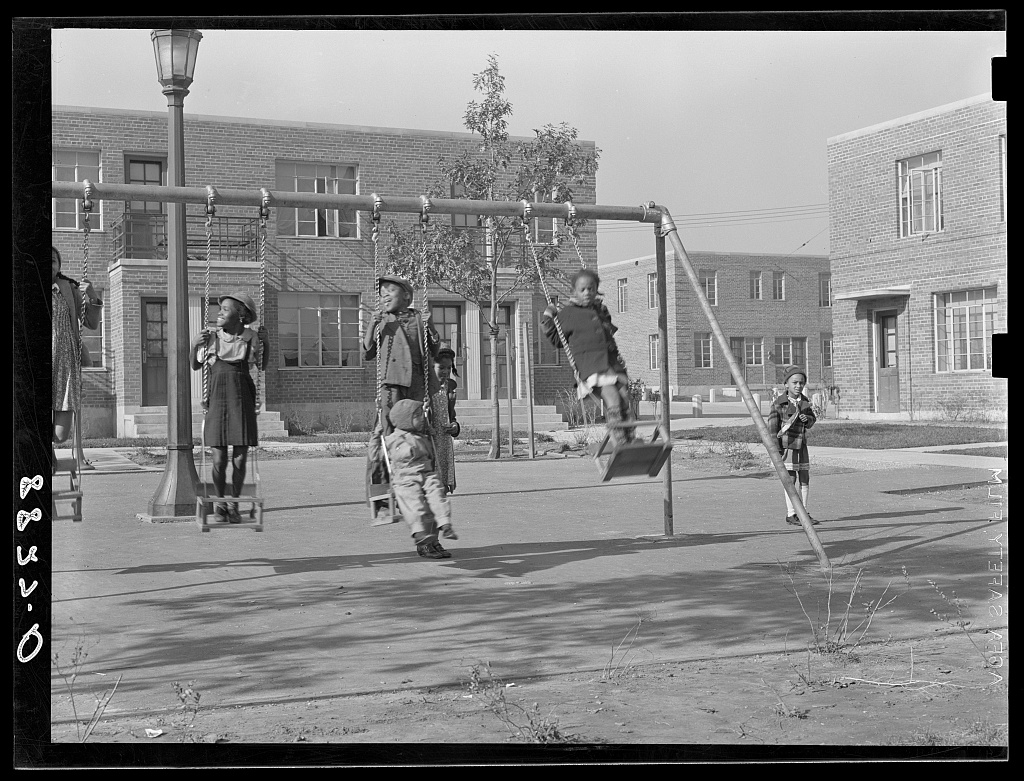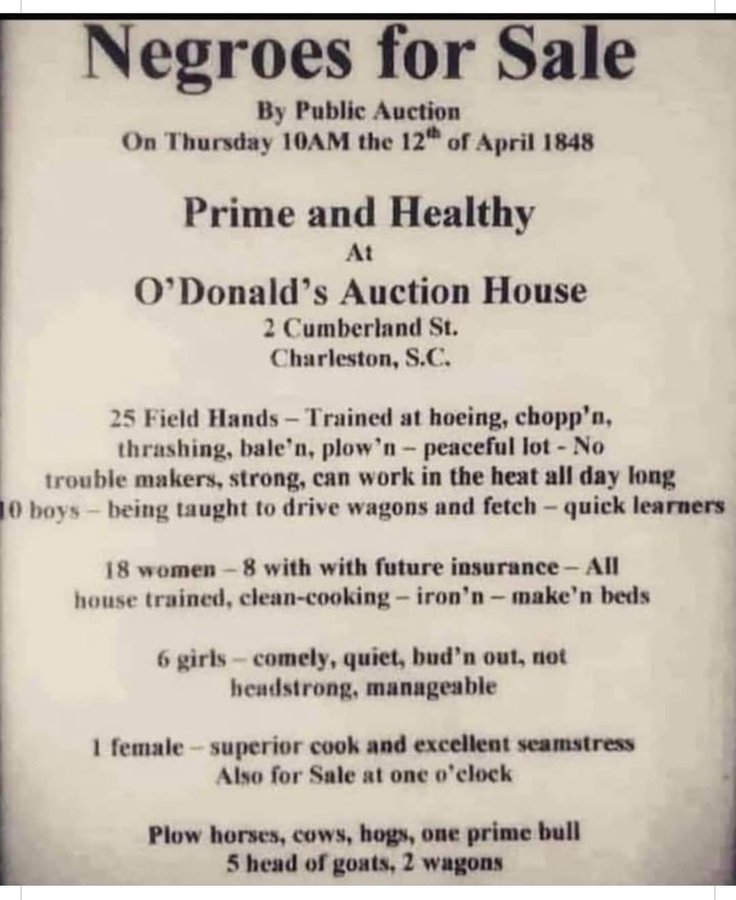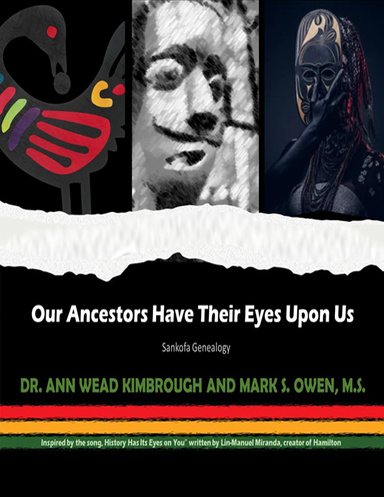March 24, 2023
Enslaved Africans warded off evil spirits with “Haint Blue” house color
The tradition continued with Gullah Geechees

Look up the next time you walk up to Southern homes, especially those along the Atlantic Coast in South Carolina and Georgia. On the exterior undersides and interiors, you will likely find the unique color of “Haint Blue” on those structures.

The long-forgotten history of haint — another word for evil spirits — began 300+ years ago. That is when Atlantic coastline Gullah Geechees who represented free or runaway African American slaves, painted their porch ceilings with the faint blue-green dye. It was intended to stave off evil spirits, ghosts and any potential hauntings. It was believed that if the spirits saw the haint blue painting on the underside of porches, they would not dare cross the thresholds that resembled the ocean waters.
According to Gullah folk traditions, blue ceilings and blue doors can keep unwanted specters, phantoms, spooks, and apparitions from strolling in through the front door. It fools them into thinking that the door is part of the sky, that the porch is surrounded by water, that the house is protected by something sublime, more powerful and permanent than a coat of paint. It’s trickery though design, and trickery is something the Gullah people knew well.
https://www.theawl.com/2018/01/haint-blue-the-ghost-tricking-color-of-southern-homes-and-gullah-folktales/
Besides the interior ceilings of porches, the haint blue paint shows up mostly on Southern homes’ front doors, shutters and other key locations.

 At this Gullah Geechee home on Daufuskie Island, South Carolina, painted doors and shutters keep out evil spirits called “haints.” DAWNA MOORE / ALAMY
At this Gullah Geechee home on Daufuskie Island, South Carolina, painted doors and shutters keep out evil spirits called “haints.” DAWNA MOORE / ALAMY



























